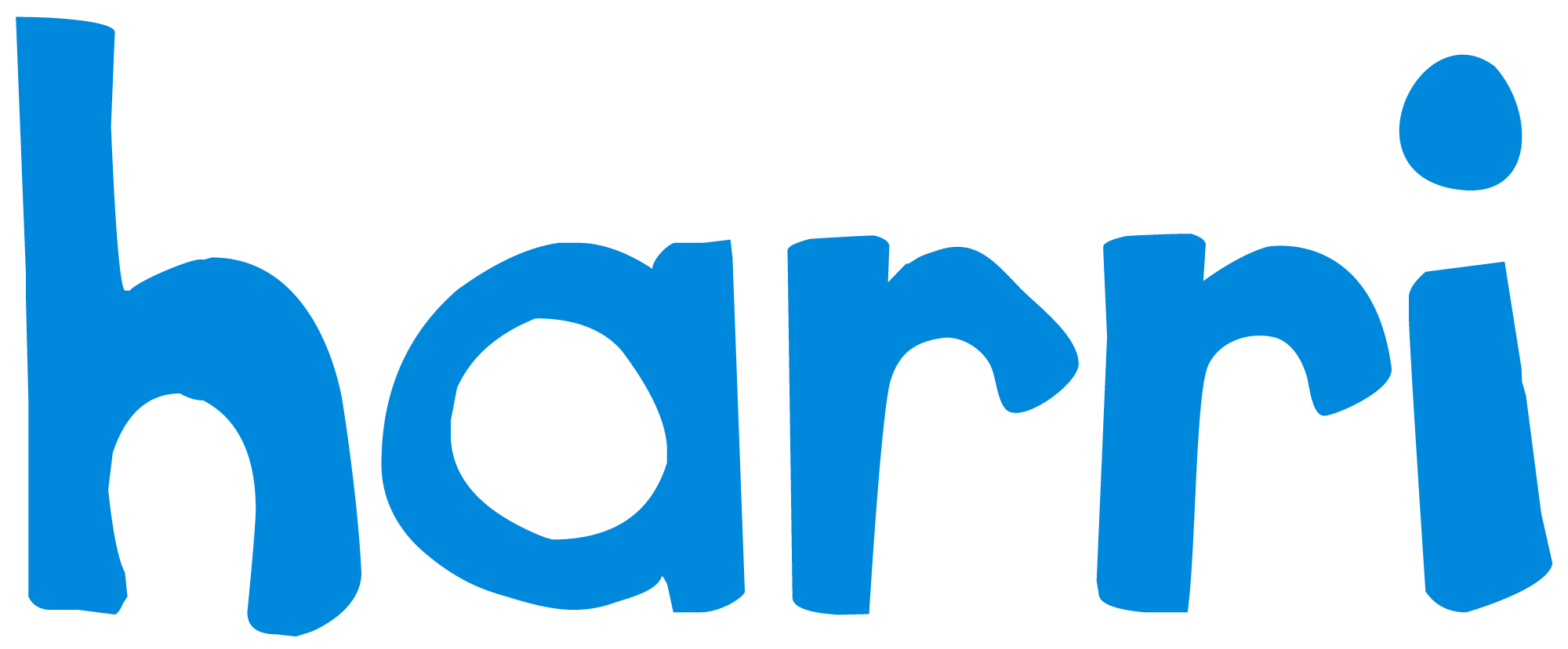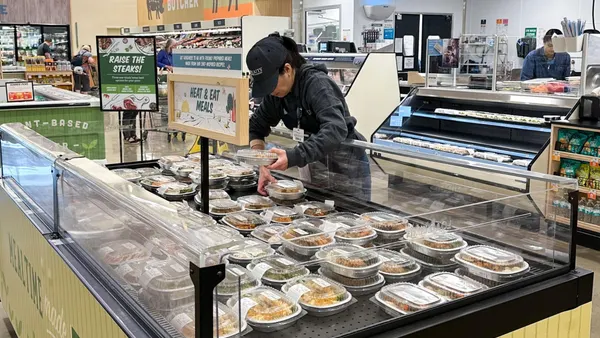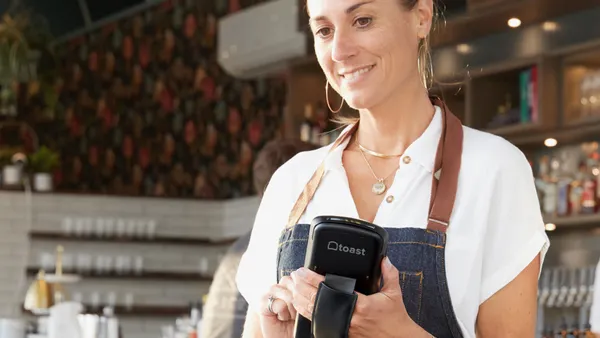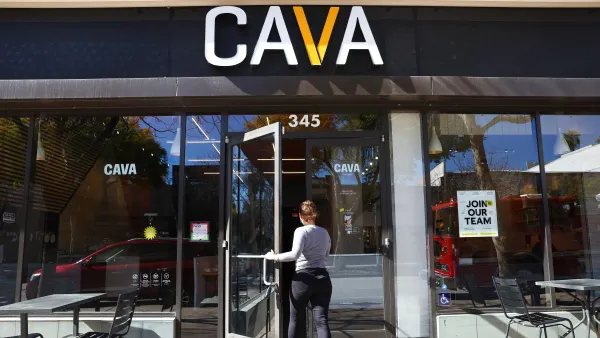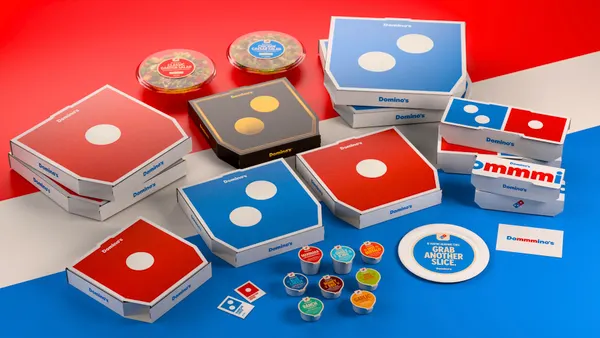Dive Brief:
- Taco Bell is testing a new Go Mobile prototype designed primarily for digital orders and third-party delivery, said Scott Mezvinsky, Taco Bell’s managing director for North America.
- The 1,600-square-foot unit features a walk-up window for digital and third-party orders, and no dining room.
- These units can be built on lots as small as half an acre, in contrast to the three-quarters of an acre needed for the chain’s traditional outlets, saving on the cost of development and entering new markets.
Dive Insight:
This restaurant model was designed in response to Taco Bell’s operational challenges, Mezvinsky said.
At the brand’s traditional stores, customers and delivery drivers generally pick up orders in the dining room when it is open, except during the late-night daypart, when such orders are picked up in the drive- thru, he said.
Growing volumes of delivery orders at night, when Taco Bell closes its dining rooms for safety reasons, shunted delivery drivers into the drive-thru lane, creating delays for drivers and headaches for workers who had to manage those orders alongside regular drive-thru orders.
Taco Bell began working to address that pain point at a design level last year, and opened the first test unit of its new Go Mobile prototype in El Paso in Q1 2023, Mezvinsky said. A second unit, operated by franchisee Tacala, opened in Georgia last week.
The new Taco Bell Go Mobile model includes dedicated parking spaces for third-party delivery drivers and digital orders. This space, combined with the walk-up window set aside for those orders, have “been a big win for our team members,” Mezvinsky said.
“The wait time for delivery drivers is going down,” he said. “The drive-thru times are being reduced at late night for existing customers.”
The smaller footprint — which is smaller than a traditional Taco Bell by about 900 square feet — could help the chain penetrate new markets and increase density in existing markets, Mezvinsky said. Many customers still want the experience of a restaurant with a dining room, so the new Go Mobile units can be built relatively close to existing restaurants without competing with them.
Ultimately, Mezvinsky said, the design of the new Go Mobile prototype is flexible. One of the test units has a dual drive-thru — one lane for regular drive-thru traffic and a second just for mobile customers — similar to the initial design of Go Mobile units announced in 2020. But one of the test restaurants has a single drive-thru lane. The back of house is also variable, as the unit can fit two or three makelines depending on demand in specific markets.
“It all goes back to ‘how [do] we make our team members' lives easier?’ How do we drive consumer value propositions?’ And then, ultimately, how [do we] make a profitable business model for our franchisees,” Mezvinsky said.
The new Go Mobile design’s flexibility and smaller footprint are intended to appeal to franchisees. It will take time to determine what the precise cost savings are in developing these smaller units, Mezvinsky said, but he is confident they will prove attractive to franchisees.
“The only way to get to 10,000 restaurants is to have a profitable business model that our franchisees want to invest behind,” Mezvinsky said.
While smaller units may seem naturally suited to urban markets, where real estate comes at a premium, Mezvinsky said digital demand and third-party ordering can make the unit work nationally. Digital sales accounted for 40% of Yum’s sales mix in Q2 2023, according to the company’s earnings release.
“This is a solution for the entire country,” Mezvinsky said. “The digital business is there across the country. It's not just in the cities, it's across all the United States.”








